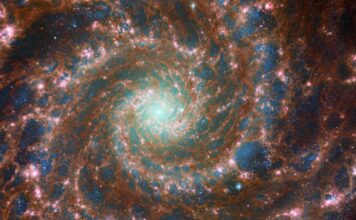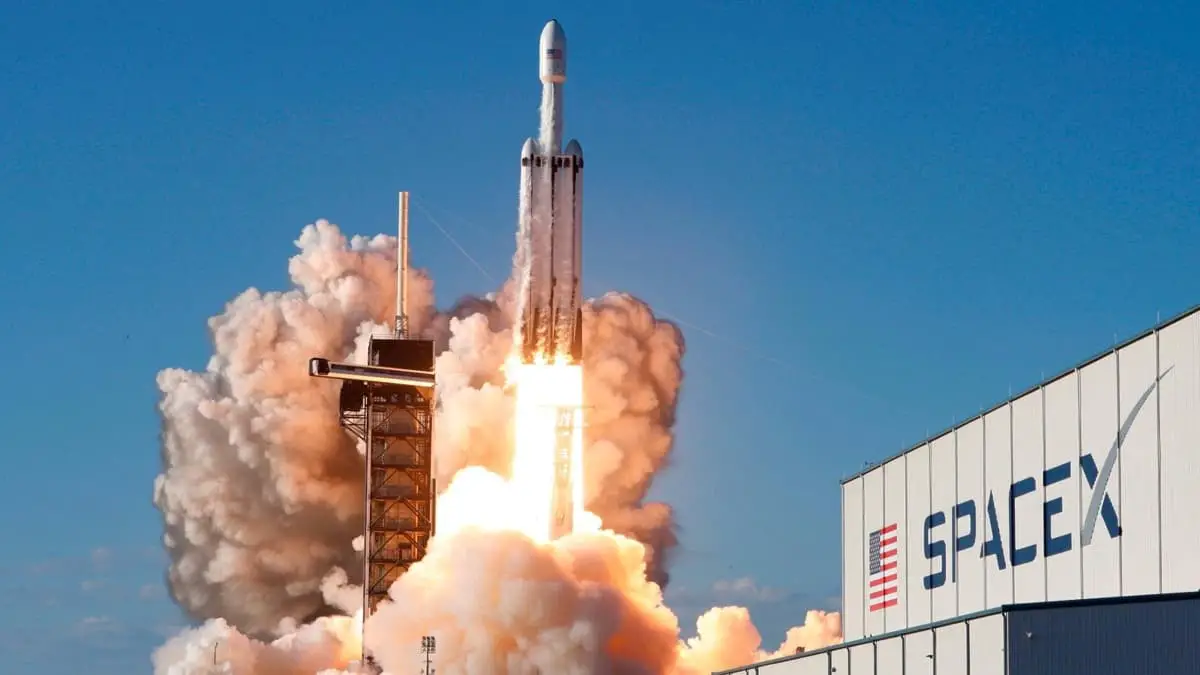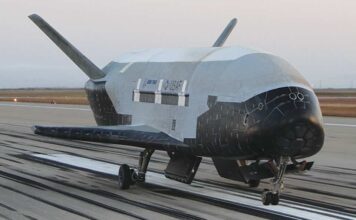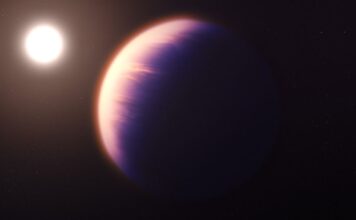The Chinese space agency continues to advance its astronomy program by developing a range of space telescopes, including Xuntian, the equivalent of Hubble in terms of capacity. Its originality: it can be repaired from the Chinese space station.
Xuntian is one of China’s pivotal programs to become the world’s leading scientific power by 2050. The timing is tight: the space telescope must be ready by the end of 2023 for a launch in 2024.
For the first time, we are beginning to see for a few weeks an image of the structure being assembled. It will follow the integration of the various subsystems, mirrors , instruments, then many tests before the final review.
With the Covid-19 pandemic hitting China hard for several weeks, work on the telescope has been greatly disrupted.
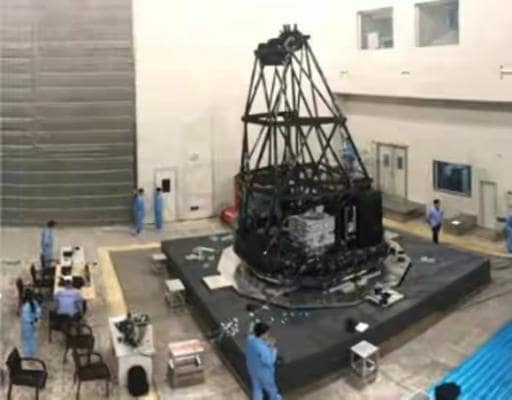
Smaller than Hubble but covering more sky
Unlike the James-Webb Space Telescope , Xuntian will be able to observe the Universe in the same wavelengths as Hubble , ie in the visible, near infrared and ultraviolet. However, it will be a little less precise.
Its angular resolution is said to be 0.15 arcseconds , compared to Hubble ‘s 0.1 . It will also be less sensitive to light , with a mirror two meters in diameter. This is undeniably considerable, but remember that Hubble’s primary mirror measures 2.4 meters in diameter.
In contrast, Xuntian’s field of view is wider than that of Hubble. He will be able to see portions of the sky 300 times larger, and thus cover more targets. Xuntian should observe 40% of the visible sky. The data will be distributed among four research centers.
The Xuntian Space Telescope will not be assembled according to a traditional model. If Hubble is mounted in a Ritchey-Chrétien scheme – one concave primary mirror and one convex secondary , Xuntian will use three spherical mirrors. The third is concave and will flatten the focal length and thus obtain this wider field of view. This technique also reduces optical aberrations .
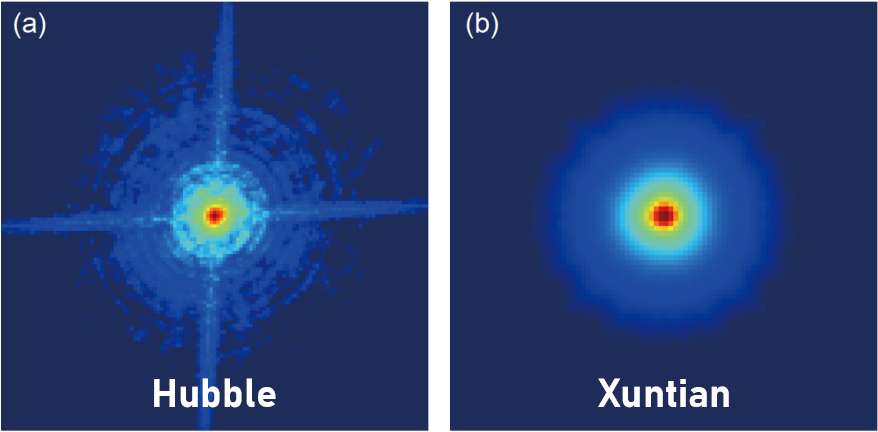
Maintenance in orbit from the station
At the start of the project, Xuntian was to be attached to the current Chinese space station being assembled . Eventually, the space telescope will be detached from the station but will remain in a close orbit . Thus, if there is a need to repair it, it will suffice to connect it to the station so that the Chinese astronauts can intervene.
China is anticipating the Hubble experiment which required four in-orbit servicing missions with the US Space Shuttle . These missions were complex and cost the American taxpayers dearly. The Chinese option is cheaper and guarantees the survival of the space telescope for as long as the station lives.
Before it is put into orbit, it will first be necessary to join the next two modules of the Chinese space station. For now, only the Tianhe module composes the station. Two additional modules (Wentian and Mengtian) are supposed to be affixed by 2023. After that, it will be the turn of the space telescope.
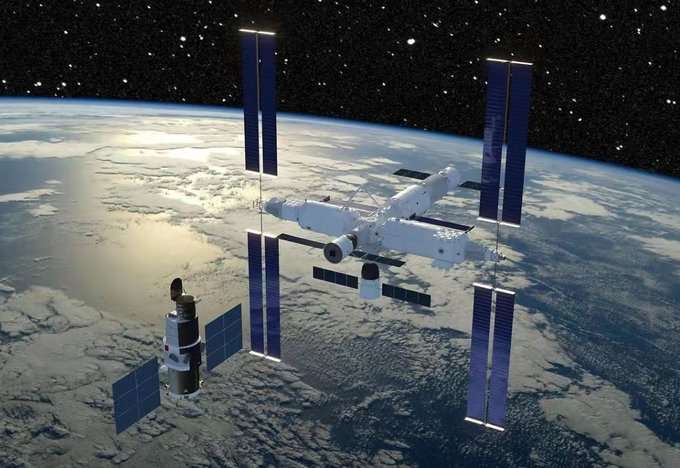 Another visual from the Xuntian Space Telescope not far from the Chinese space station. © Space Manned space Agency
Another visual from the Xuntian Space Telescope not far from the Chinese space station. © Space Manned space AgencyFleet of space telescopes
Xuntian is far from the only space telescope planned. The Chinese space agency has designed a set of them for any field of observation: a solar telescope ( ASO-S ) on the rails, followed by a space telescope project called Einstein and dedicated to the observation of the Universe in X-rays to study visible extreme events, or very heavy objects such as black holes .
Last March, the project received approval from the Chinese Academy of Sciences to begin construction . The launch is scheduled for 2023.
With Xuntian, Chinese scientists plan to study different objects in the Universe: galaxies (formation and evolution), cloudsof gas and dust, stars and groups of stars, and of course the Solar System.

